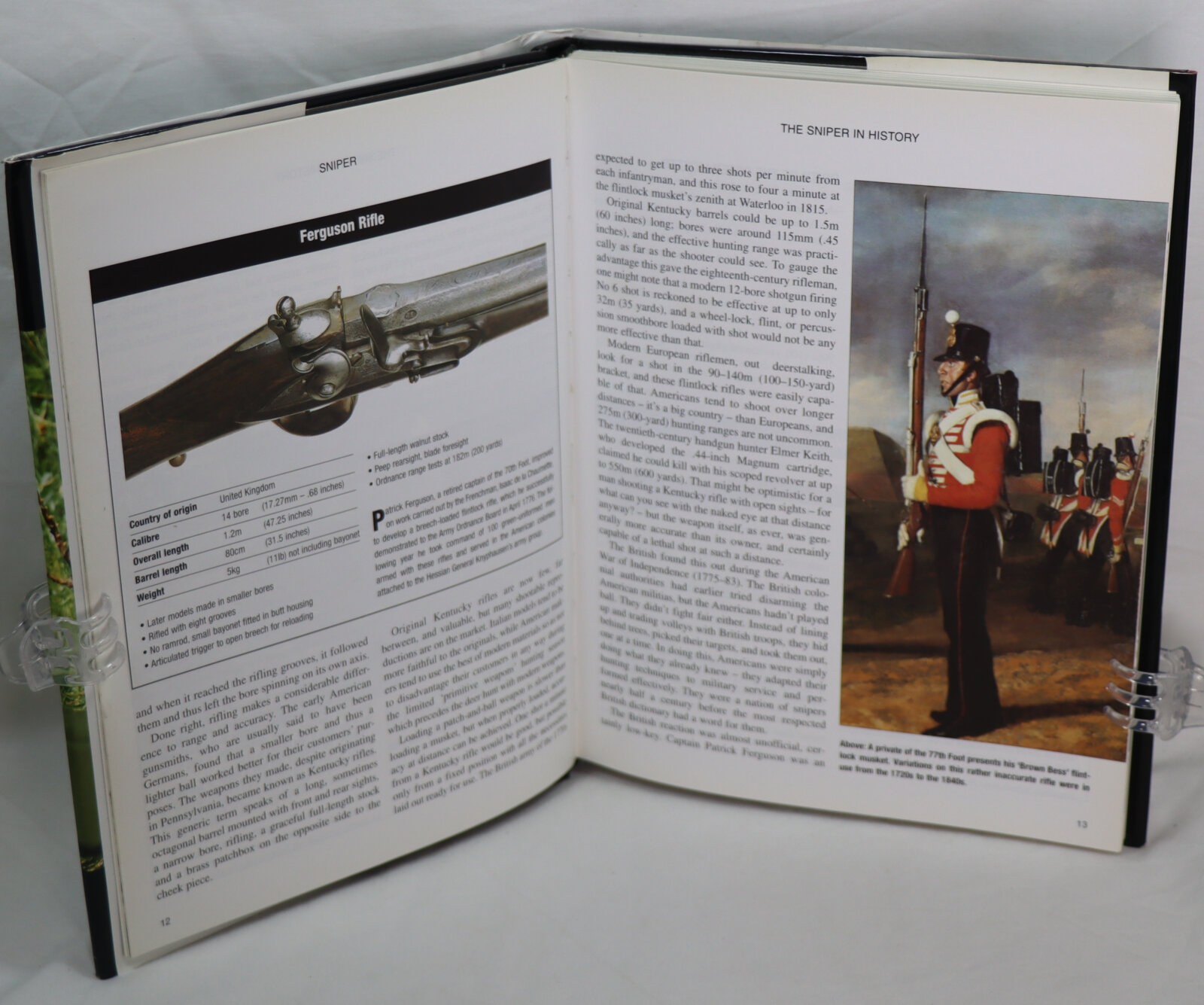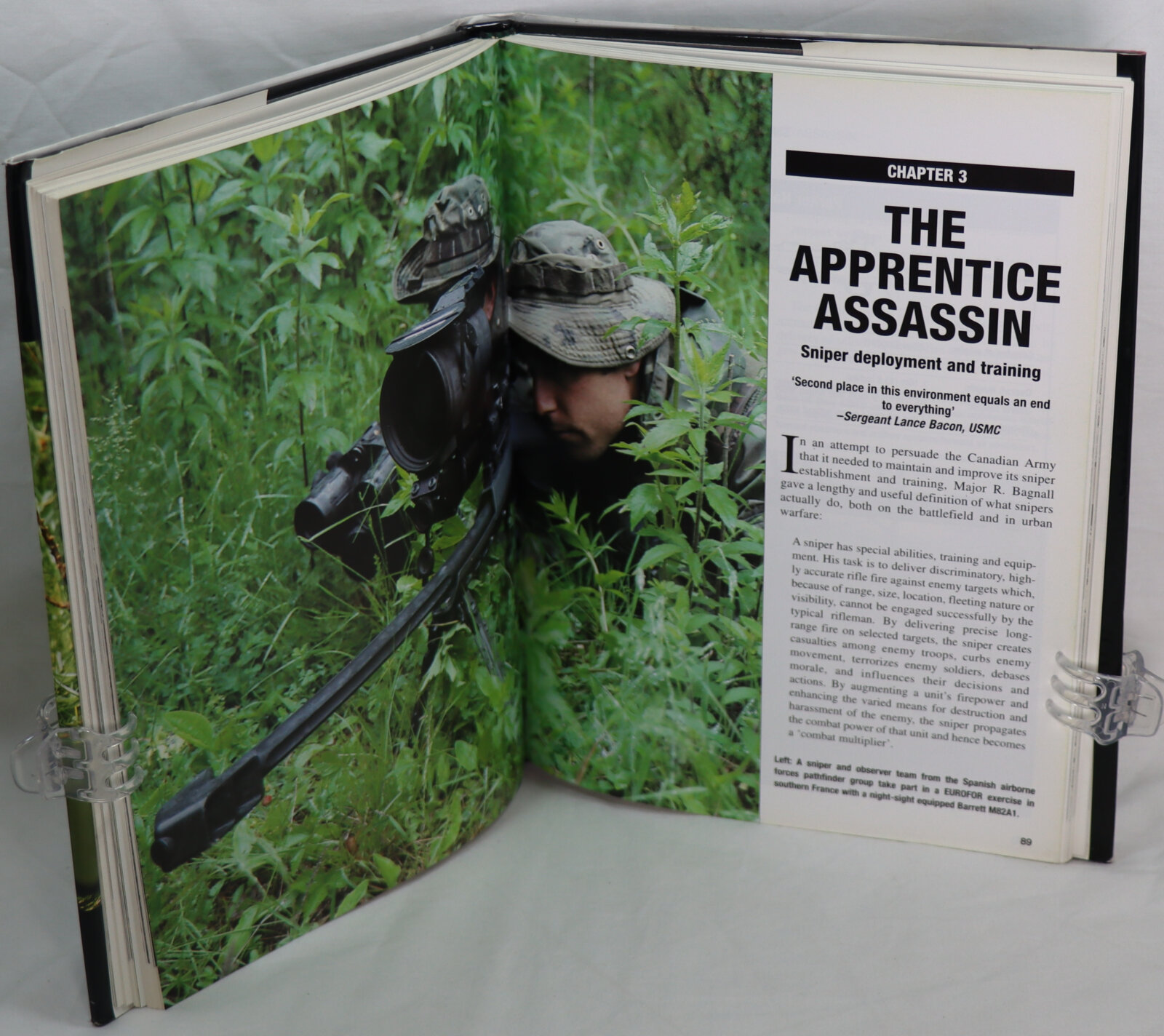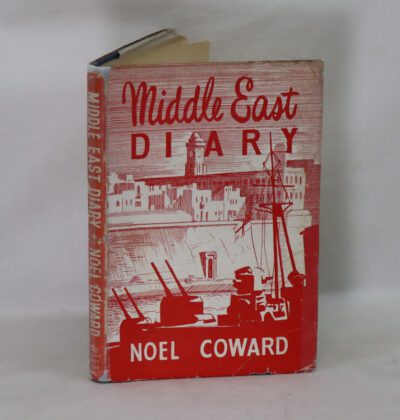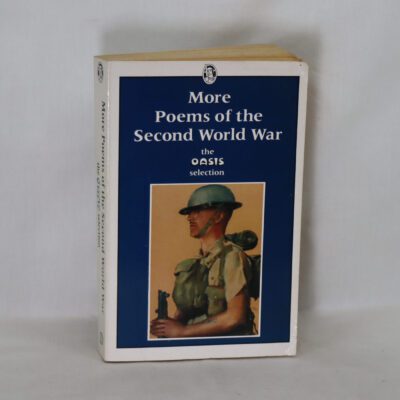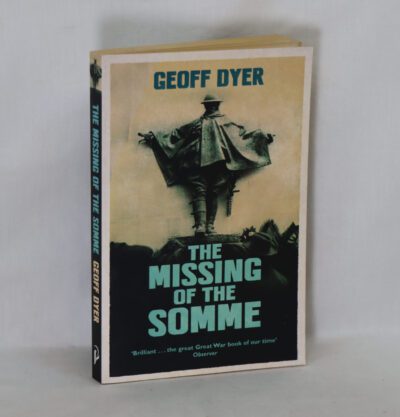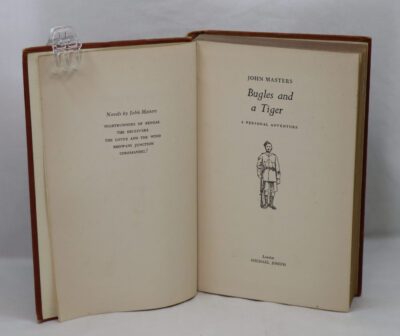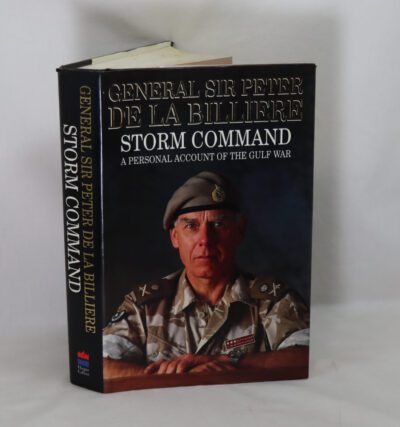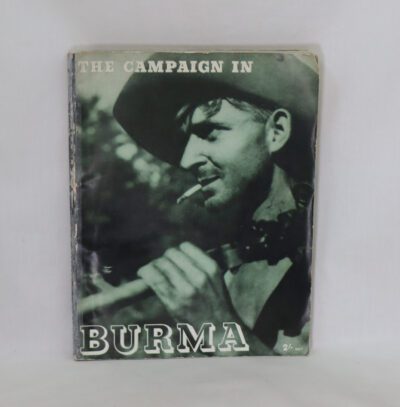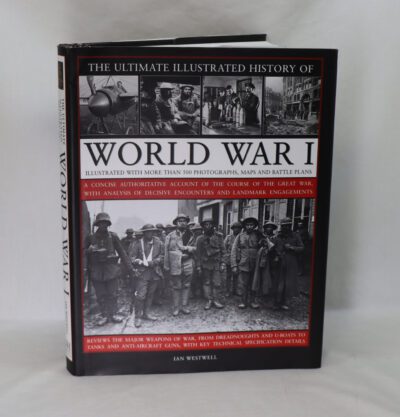Sniper.
By Peter Brookesmith
ISBN: 9780312362904
Printed: 2000
Publisher: Amber Books. London
| Dimensions | 20 × 25 × 2 cm |
|---|---|
| Language |
Language: English
Size (cminches): 20 x 25 x 2
Condition: Fine (See explanation of ratings)
Item information
Description
In the original dustsheet. Binding the same as the dustsheet.
F.B.A. provides an in-depth photographic presentation of this item to stimulate your feeling and touch. More traditional book descriptions are immediately available
The sniper is the most feared and loathed soldier on the battlefield. This book covers all aspects of both the military and police sniper’s training, deployment, field craft and tactics from historical times to the present day.
Today, snipers are recognized as an incredibly important part of any modern infantry force, but this was not always the case. It took a long time for the efficiency and combat effectiveness of snipers to be realized.
And while every infantry soldier has a deep personal relationship with their weapon, this is especially the case when it comes to snipers and their rifles. The techniques of sniping have developed alongside technological advances in sniper rifles, so the sniper rifle is actually best regarded as an extension of the sniper’s body.
A well trained and experienced sniper is an amazingly efficient fighter, in comparison to the average infantry soldier. In World War II, the average number of rounds fired to kill a single enemy soldier was 25,000, and this number has been increasing ever since. In the Korean war, it had doubled to 50,000. Vietnam saw the introduction of the select-fire M14 and M16, but this seemed to merely produce more misses, with an average of 200,000 rounds fired to get one enemy. Today, the number has increased again, so that almost a quarter of a million rounds are needed to kill an enemy in Afghanistan. In comparison, the average sniper needs just 1.3 bullets to kill an enemy.
This remarkable efficiency has been achieved not just through ever improving training and techniques, but also through the evolution of the sniper rifle itself. Let’s take a look at the very first sniper rifles, and how they have developed since then.
Want to know more about this item?
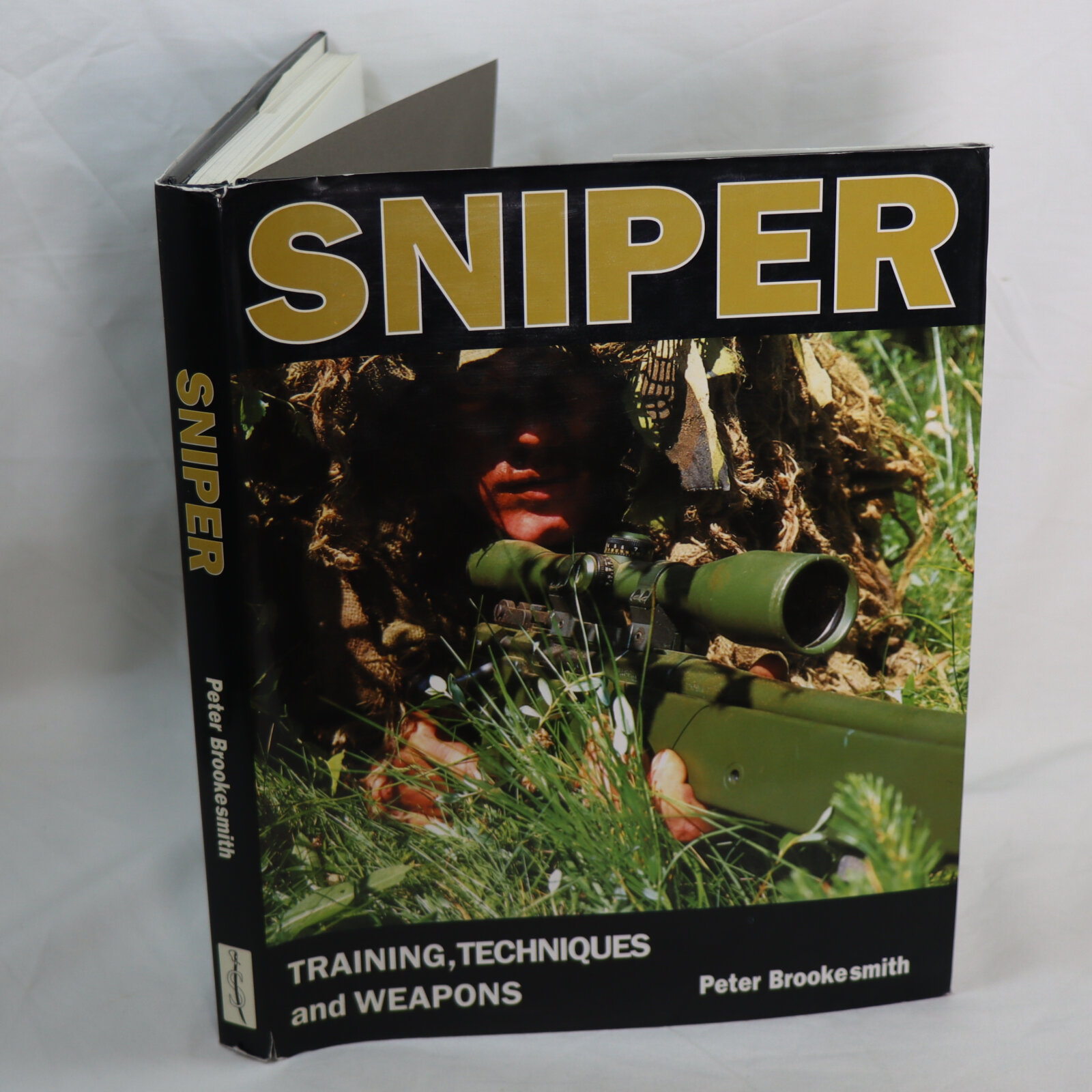
Related products
Share this Page with a friend

